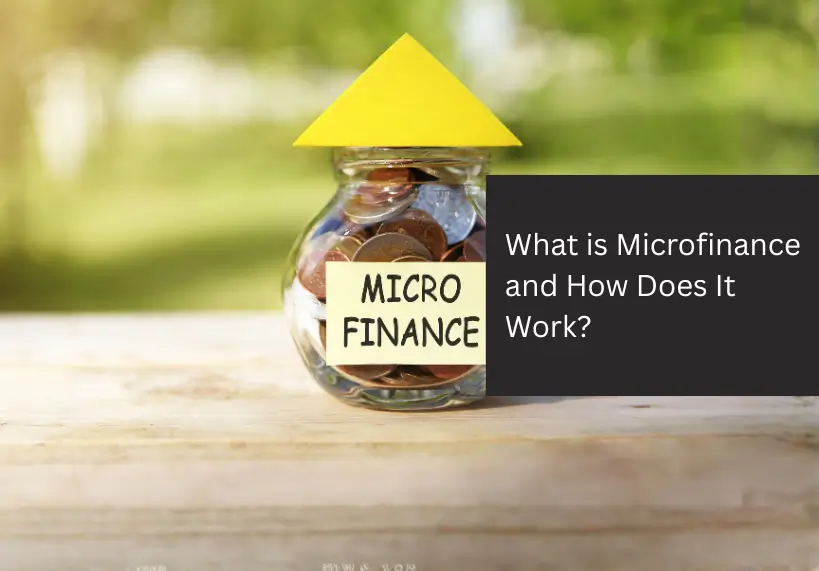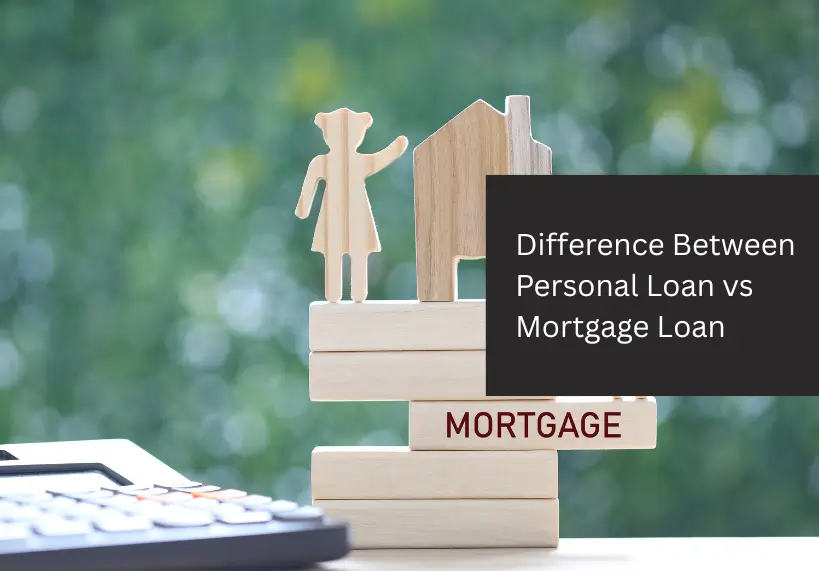
Have you ever thought about how small business owners or low-income families manage their finances without a bank account? That’s where microfinance steps in. It provides small loans and simple financial services to those usually left out of traditional banking.
With microfinance, you can manage money, pay for daily needs, and gradually improve your life. Unlike regular banks, it does not require high salaries, property, or a long credit history.
In short, microfinance gives you the chance to take charge of your finances and move toward a more stable and independent life.
How Does Microfinance Work?
Microfinance helps people who cannot get loans from regular banks. Instead of requiring big salaries, property, or credit history, it offers small loans that are easy to manage. This helps low-income families, small business owners, and farmers improve their lives.
Most borrowers join small groups where everyone supports each other. If someone faces difficulty in repayment, the group helps them. This builds trust and makes sure loans are repaid on time. People can use microloans for many purposes starting or growing a business, buying farming equipment, paying school fees, or handling emergencies. The loans are repaid in small monthly installments, making it manageable for everyone.
Microfinance institutions, NBFCs, NGOs, and cooperatives guide borrowers on how to use money wisely. Over time, borrowers build a good financial record, learn to manage money better, and become financially independent.
In short, microfinance is a simple system that creates opportunities and helps people improve their lives step by step.
Types of Microfinance
There are different types of microfinance services designed to meet various needs:
Microloans: Small loans offered to individuals or groups to start or expand a business.
Microsavings: Savings accounts that allow low-income individuals to save small amounts regularly without high fees.
Microinsurance: Affordable insurance plans that protect people from unexpected financial losses, like health issues or natural disasters.
Microcredit: A specific type of microloan that helps borrowers meet immediate financial needs and repay in short periods.
Each type of microfinance service aims to promote financial stability and independence for people who might otherwise be excluded from formal banking.
Importance of Microfinance
- Promotes Financial Inclusion: It gives access to money and services to those who are usually left out of the banking system.
- Encourages Entrepreneurship: Many small businesses start or grow because of microloans.
- Empowers Women: A large share of microfinance borrowers are women, helping them gain financial independence.
- Builds Economic Growth: When small entrepreneurs succeed, it boosts local economies and creates jobs.
- Improves Living Standards: People can use microfinance to fund education, healthcare, or home improvements, improving their overall quality of life.
Conclusion
Microfinance is more than just giving money, it’s about creating opportunities to improve life. It helps people get small loans, savings, and insurance so they can become independent and secure.
Just like microfinance helps people meet their financial needs, personal loans from institutions like LoanTap can also provide quick and flexible support when you need money for education, business, or emergencies.
Even small amounts can make a big difference, helping people take control of their finances and work toward a better future, step by step.
FAQs
1. Who can apply for microfinance?
Anyone from a low-income background or without access to formal banking can apply, especially small business owners, farmers, or self-employed individuals.
2. How much money can I borrow through microfinance?
The loan amount depends on your needs and your ability to repay. Microfinance institutions provide loans that are small and manageable, so you can use them for your business, education, or personal needs without difficulty.
3. Do I need collateral for a microfinance loan?
Usually not. Most microfinance loans are given without collateral and are based on trust or group guarantees.
4. What is the main purpose of microfinance?
It is to help people who do not have access to banks, so they can borrow small amounts, save money, and improve their lives.








